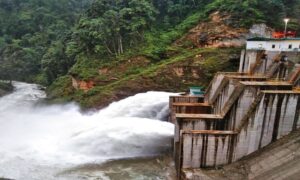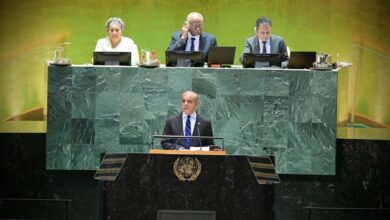Bhutan Domestic electricity consumption to outstrip production by 2026
Bhutan’s domestic electricity demand is anticipated to surge by 232 percent by 2026, significantly outpacing expected export demand, according to June projections from the finance ministry.
This increase will see domestic consumption rise from Nu 8.27 billion last year to an estimated Nu 27.43 billion in the next two years.
Although the ministry’s forecast indicates a total electricity sales revenue of Nu 46.44 billion by 2026, about 60 percent of that amount will be consumed domestically. This rise in demand will mainly be pushed by a row of new power intensive industries, reducing the export of capacity.
Last year, Bhutan earned Nu 25.17 billion from electricity sales—Nu 16.9 billion from exports and Nu 8.27 billion from domestic sales.
The forecast for hydropower earning this year is projected at Nu 29.71 billion, with 34 percent from the domestic sales at Nu 10.23 billion in 2024 against Nu 19.48 billion revenue from exports.
By 2025, domestic consumption is projected to double to Nu 22.32 billion while export revenue is expected to reach Nu 21.03 billion.
Despite generating surplus energy, Bhutan will struggle to meet domestic requirements during lean seasons, even with the full commissioning of Punatshangchhu-II in December.
The commissioning of six units of the Punatshagchhu-II is expected to generate 4,357 million units of electricity worth Nu 20 billion annually.
During lean seasons, electricity import is projected to increase significantly.
The estimated cost for electricity imports this year is Nu 8.28 billion—a staggering 203 percent rise compared to last year. This demand is expected to escalate further, reaching Nu 15.84 billion by 2025 and Nu 18.06 billion by 2026.
As a result, net energy exports could decline dramatically, potentially dropping to as low as Nu 937 million by 2026.
The finance ministry has cautioned that Bhutan can no longer rely on hydropower as a primary source of foreign currency through exports.
Instead of merely focusing on satisfying rising domestic energy needs, the ministry emphasised the importance of leveraging this demand to boost domestic production and enhance the country’s growth potential.
According to the Domestic Tariff Projection 2040 report, Bhutan’s energy demand, which was 6,407 GWh last year, could grow by over 100 percent to 13,044 GWh by 2030 under typical conditions, and by 160 percent with the addition of new industries.
In the 13th Plan, the government projects that the electricity and energy sector will contribute Nu 56 billion to the GDP by 2029, up from Nu 30.53 billion last year, targeting an annual growth rate of 10.6 percent.
Ten hydropower projects are slated for development in the 13th Plan, aiming to increase the installed hydropower capacity by 3,119 megawatts over the next five years, bringing the total to approximately 5,500 MW.
Bhutan plans to diversify its energy portfolio by developing alternative renewable sources such as solar, wind, geothermal, and biomass. Initiatives include a 500 MW utility-scale solar project, a 1 MW pilot green hydrogen project, and the completion of 23 MW in wind power projects.
According to the Bhutan Sustainable Hydropower Development Policy 2021, Bhutan has an estimated hydropower potential of 36,900MW with annual production capability of 154,000 gigawatt hours (GWh).






